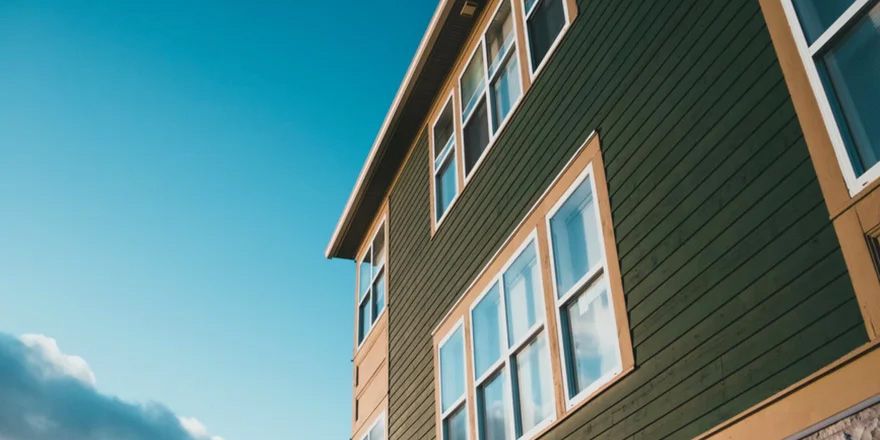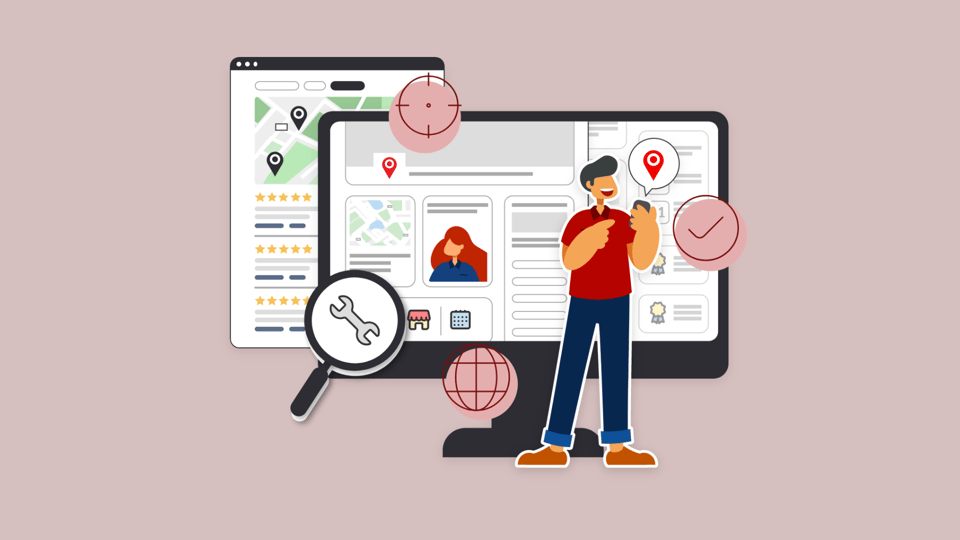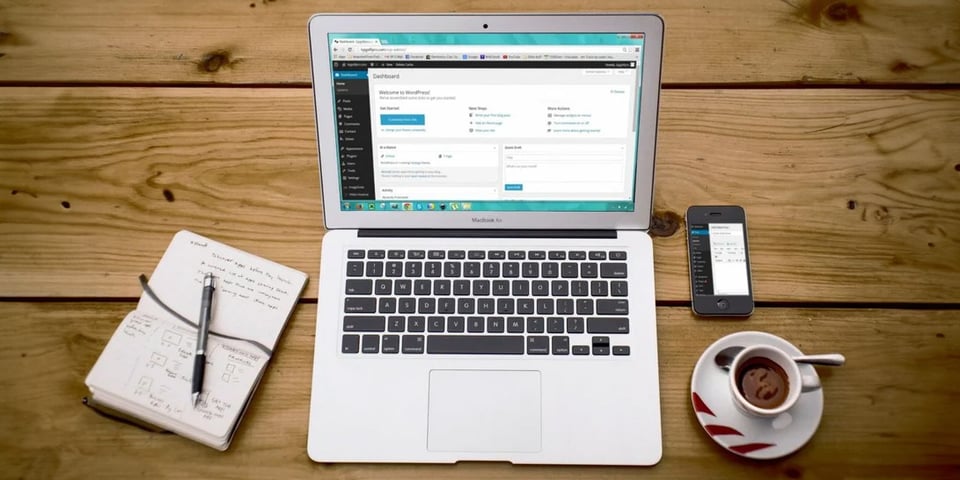Buyers of residential and commercial siding are always looking online for the best options. In a siding market that’s reached a value of $90 billion in 2020 and growing, you’ll want every digital advantage on your side for growing your revenue and staying competitive.
That said, is your website capturing leads and turning them into sales?
Fortunately, it can, as long as your store locator is holding its weight. Your locator shouldn’t only point prospects to the nearest dealer for your brand’s siding materials. It should also generate qualified leads, while making the buying process easier.
Still wondering how a simple locator page can play such a crucial role in your sales? Read on and learn!
Follow these 5 best practices for siding manufacturer store locators, and you’ll see the proof in more leads, sales, and online ROI:
1. Provide a Great User Experience (UX) with Smart Page Design
A great web user experience (UX) is one of the best ways to draw visitors into a sales relationship with your brand.
On the other hand, a bad UX is one of the fastest ways to turn users off. As many as 88% of web users won’t return to a site after having a bad experience.
Design your store locator with your web visitors in mind. It should be a snap for them to find the right local dealer for their siding needs, along with any info that helps them make an inquiry. Anything that detracts from this or causes confusion, even for a few seconds, is a design flaw that will cost you sales in the long run.
How can we understand the impact of UX on user actions? The “Find a Dealer” page from fiber cement siding manufacturer James Hardie offers a cautionary tale.
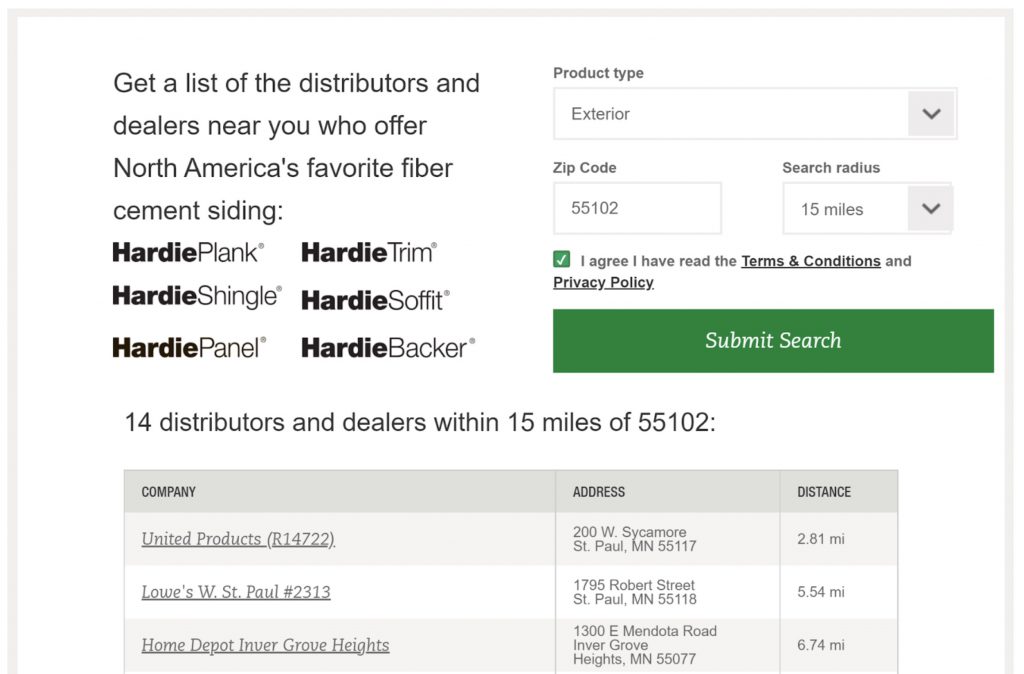
The actual store locator search box is quite far down on the page. There’s no indication that users should scroll down. Mobile users might miss it entirely. The locator search feature should be located near the top, instead.
In addition, phone numbers are revealed only upon clicking on a dealer’s name, instead of being shown up front. This might seem minor, but it creates an unnecessary extra step for the busy professional who needs quality siding products now.
Always keep the most important information in plain view in your store locator, or minimize the steps a user must take to see it. Ensure that finding your products and dealers online is fast and easy. Your prospects and your bottom line will thank you for it.
2. Let Dealers Request and Add To Listings
The primary purpose of your dealer locator is to help your customers. For the best sales results, however, it should also be accessible by your trusted retail partners.
How can you make it happen? Start by letting new dealers request a listing with a click of a button.
Allura has a locator that does just this. A section on the page encourages dealers to reach out if they aren’t listed. A prominent “Add My Location” button makes this easy and unintimidating.

With this feature, Allura’s dealers can be confident that they won’t be left behind.
The right locator software platform can give you even more options for supervising dealer edits to listings. Consider giving dealers limited access to update their store hours, display descriptive store information, and offer special deals.
Giving dealers these privileges on your website can strengthen your business relationship with them, all while making your locator more useful for potential customers.
Note: Not all locator solutions will let you share access with your dealers in a simple, secure way. Bullseye Locations, however, is a premium locator software that has this functionality built-in.
3. Be Transparent on Product Inventory
Customers love transparency, and your locator page is the perfect place to achieve this. Simply show your web visitors which items are in stock, and where.
Up to 72% of shoppers confirm inventory online before going into a store. Many of your prospects will want to know whether certain siding materials are in stock before visiting a dealer.
Rather than putting them through the extra hassle of calling dealers ahead of time — or worse, having them visit a store just to hear, “Sorry, we don’t carry that!” — your locator can provide this vital information.
LP Building Solutions does this with great success. Their locator provides filters by product and seller type, ensuring prospects only see local dealers who carry the products they need.
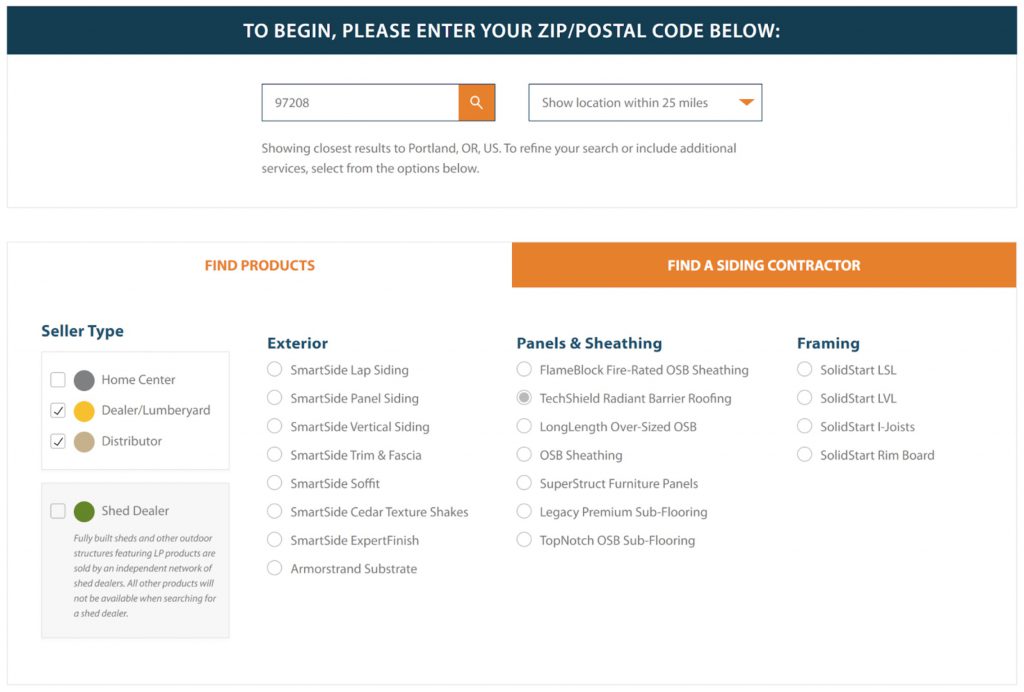
Provide inventory transparency through your locator in this way, and you’ll make the buying process a pleasant experience worth repeating.
4. Implement Geolocation Detection
Why make your users search for dealers by entering their city and zip code, when your locator can do the searching for them?
The power of geolocation detection operates through the user’s web browser. As long as permissions are granted on the user’s device, your locator can automatically display the closest dealer and relevant offers. The result: convenience and a personalized experience that makes sales more likely.
Rollex, the steel siding manufacturer, shows us how it’s done. Their locator automatically pulls up local dealers as soon as the user lands on their page. This spares users from having to type in a zip code.
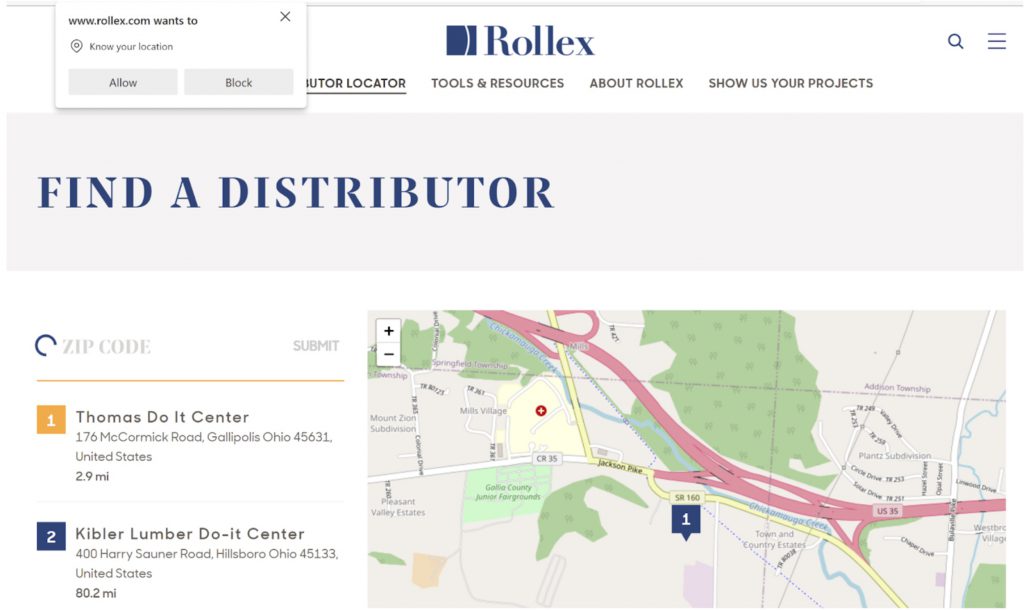
Sensing a common theme? Making things as easy as possible for your prospects is the way to earn more siding sales. Even saving prospects a few seconds here and there can make a big difference in converting them to happy buyers.
Ensure that your locator has a geolocation detection feature, and you’ll move your prospects closer to the cash register.
5. Have a Lead Capture Mechanism in Place
What’s the most powerful function your store locator can serve for your business? Generating leads.
If your prospects are on your website, actively trying to find where to buy siding for an important construction, remodeling, or restoration project…they’re in the perfect place for you to capture their contact info.
With a lead capture mechanism including fields for names and email addresses, you can follow up to assist leads in deciding what and when to buy.
It only makes sense to use a store locator builder with this capability already on board. Bullseye Locator Software has it. With Bullseye, you can:
- Allow prospects to submit inquiries to dealers directly on the locator page.
- Communicate with dealers about customer journeys and supervise retail sales performance.
- Integrate your existing CRM software, such as HubSpot or Salesforce, to keep track of unfolding relationships with leads and make sure high-quality sales conversations are happening.
If all your locator page does is direct customers to dealers, almost any webpage builder will do. Use a best-in-class locator solution like Bullseye, however, if you want to follow up on leads and close deals with more consistency.
The Key to More Siding Sales: Locators that Build Bridges with Customers
As contractors, homeowners, and other prospects look for your siding products online, you’ll want your website’s store locator to serve them at the highest level. Remove friction in every way that the modern internet makes possible.
Geolocation detection, smart page design, product stock transparency, and a method for dealers to add and change listings are all important. The real power, however, comes with a locator that generates leads for you.
Bullseye Locator Software for Your Siding Business
For a locator that does this and more, Bullseye is worth a look.
It has intelligent features, responsive design, and built-in capabilities for capturing and following up with leads. Bullseye creates siding manufacturer locators that drive more leads and sales with ease.
If you’d like to see the possibilities, schedule a free assessment of your current locator page today.
Get Advanced Marketing Resources
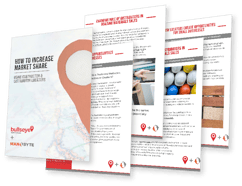
Learn how building materials manufacturers can intercept demand and increase market share using their locators. Download our free guide today for advanced practices and insights!
Related Posts
How to Implement Successful Locator Onboarding

3 Types of Businesses that can Benefit from Local Pages


